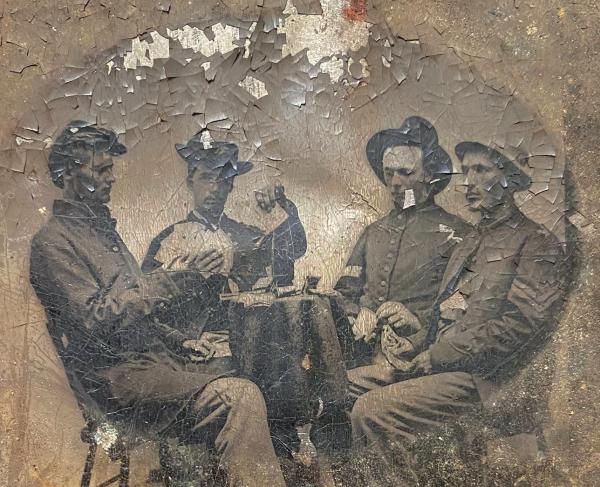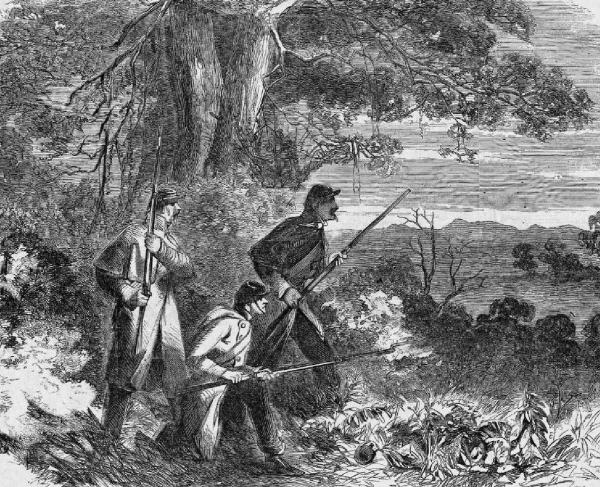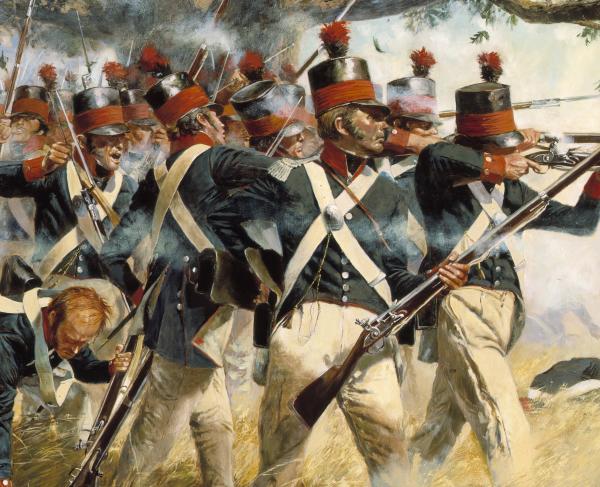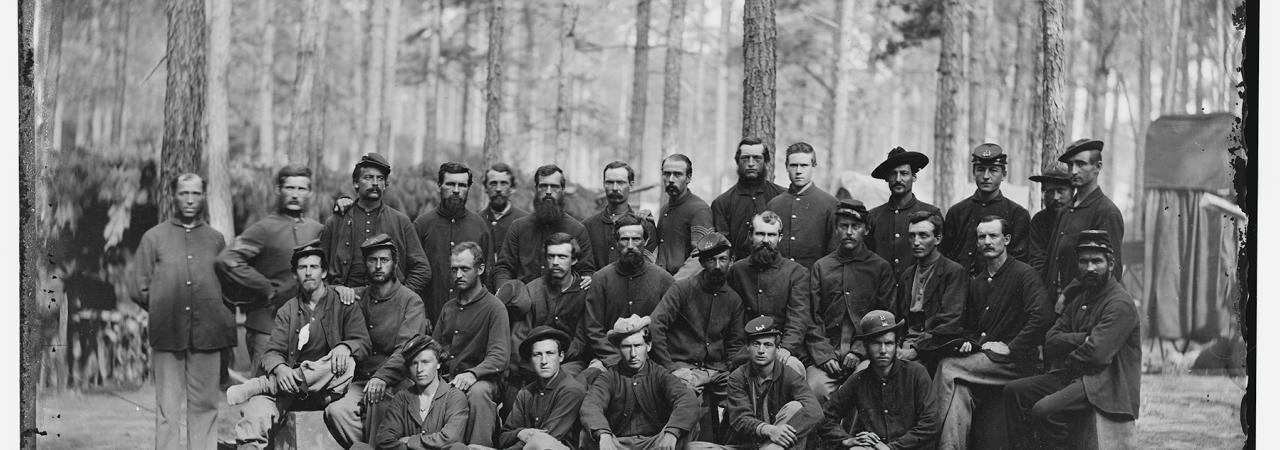
The tragedy of the Civil War is summed up in the phrase “brother against brother.” Northern soldiers and Southern soldiers were very much alike—from their backgrounds, to their education, to their courage and loyalty.
The Union Soldier
Most of the Union Army was made up of young white men born in North America. Although soldiers generally ranged in age from 18 to 45, boys as young as 12 often served as cavalry buglers or drummer boys, and some men in their fifties and sixties enlisted as privates. Most of the Union soldiers were under 30.
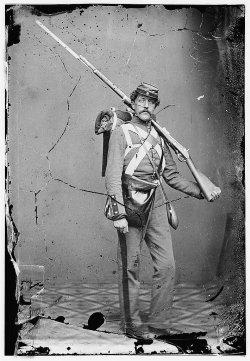
While almost half of the Union soldiers had been farmers before joining the Army, the others represented a wide variety of expertise and occupations. Hailing from the industrial cities of the North, they ranged from unskilled laborers to engineers, hairdressers, mechanics, and even college professors.
Their education and schooling was just as diverse. Soldiers with university degrees marched beside men who could neither read nor write. In general, however, most of the Union forces had at least some schooling.
Maybe as much as a quarter of the Union Army was made up of foreigners—men who had not been born in America. Of these, the largest group was the Germans, followed by the Irish, Canadians, and English. Other nationalities represented in the army included Scandinavians, Swiss, French, Italians, Mexicans, and Poles. Often, regiments would be formed consisting entirely of men from one of these countries. The polyglot nature of the Northern forces could sometimes create confusion when officers barked orders in several languages.
Overwhelmingly, Union soldiers were white. It was not until May 22, 1863 that the U.S. War Department established the Bureau of Colored Troops enabling black men to serve as soldiers. (Black men had been assisting the army in other official capacities such as constructing entrenchments or performing camp duty or other labor since the Second Confiscation and Militia Act of July 17, 1862.) By the end of the war, 178,975 enlisted men served in the U.S. Army as members of the U.S. Colored Troops. In addition, three regiments of Native Americans, the Indian Home Guard, fought for the Union in the western theater of the war.
Interestingly, over 400 women dressed as men and served in the army. Many of them, like Jennie Hodgers who served in the 95th Illinois as Albert Cashier, were not revealed to be women until after the war was over.
The Confederate Soldier
Like the Union Army, most Confederate soldiers were under 30. Young boys under 18 sometimes worked as drummer boys. Some, cadets at Southern military academies like the Virginia Military Institute, used their skills as drillmasters to train raw recruits. The VMI cadets even fought in one engagement at the Battle of New Market, May 15, 1864, under the leadership of one of their professors.
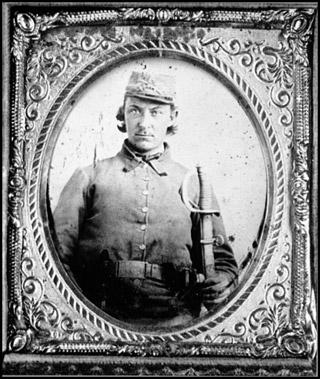
More than half the Confederate soldiers were farmers, although only a very small percentage of them owned slaves. The others came from many different types of jobs: carpenters, clerks, blacksmiths, students, etc. While as diverse as the Union forces, their occupations—due to the South’s regional focus on agriculture rather than industry—were not as technologically specialized. As in the Northern army, the Southern soldiers had educational backgrounds that ranged from university degrees to illiteracy. Cavalry and artillery regiments attracted wealthier and more highly educated men than infantry units in the South, and a Confederate foot soldier was more likely to be illiterate than his Union counterpart.
Foreigners—men not born in America—also fought for the South. The largest group was the Irish, followed by Germans, British, French, Poles, and Canadians. Texas also contributed Mexican troops. It is not certain how many foreigners fought for the Confederacy, but the number seems to be in the tens of thousands. High, but not nearly as high as the Union figure. Foreigners tended to fight in infantry regiments rather than cavalry or artillery.
Black men served the Confederate forces throughout the war as body servants, laborers, and in construction of fortifications. In March of 1865, after rejecting the idea several times, the Confederate Congress passed a law allowing black men to serve as armed soldiers. The program had barely begun before the war was over. Native Americans, organized in three brigades, defended Southern lands in the west. Others were scattered among predominantly white regiments.
